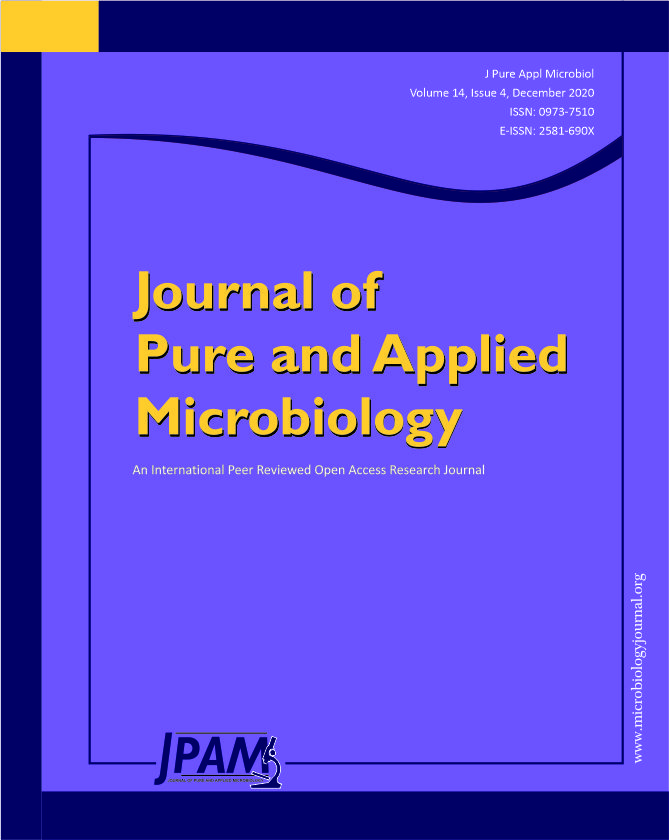Denitrification based on immobilized microbial cellulose may offer an economical replacement for conventional treatment for nitrate removal. The environmental and bacterial biomass may influence the rate of biological denitrification processes. This study aimed to investigate the factors that affect denitrification rates, including carbon sources, pH, and bacterial inoculum. Different inoculum biomass of Pseudomonas aeruginosa and various carbon sources of glucose, sucrose, and cellulose with different concentrations were tested to assimilate 100 mg/L of KNO3 as nitrate source. Additionally, five additional inoculations, five different incubation time, and seven different pH levels were studied. The Pseudomonas aeruginosa isolates used different mineral media with three carbon sources, glucose, sucrose, and cellulose, with different concentrations at different rates to denitrify nitrate. The highest denitrification rate was with glucose after 18 hrs and was after 24 hrs when sucrose and cellulose were used, respectively. The bacterial biomass denitrification level was the highest, between 0.8% and 1% of OD600=1. Nitrate removal by Pseudomonas aeruginosa was the highest at pH 7, 8, and 9. This report suggests that when glucose is used as a carbon source, at neutral to alkaline pH, and 1% of denitrifying bacterial biomass, the highest level of biological denitrification process may be achieved.
Bacterial Biomass, Nitrification, Denitrification, Pseudomonas aeruginosa, carbon sources, Nitrate removal
© The Author(s) 2020. Open Access. This article is distributed under the terms of the Creative Commons Attribution 4.0 International License which permits unrestricted use, sharing, distribution, and reproduction in any medium, provided you give appropriate credit to the original author(s) and the source, provide a link to the Creative Commons license, and indicate if changes were made.


